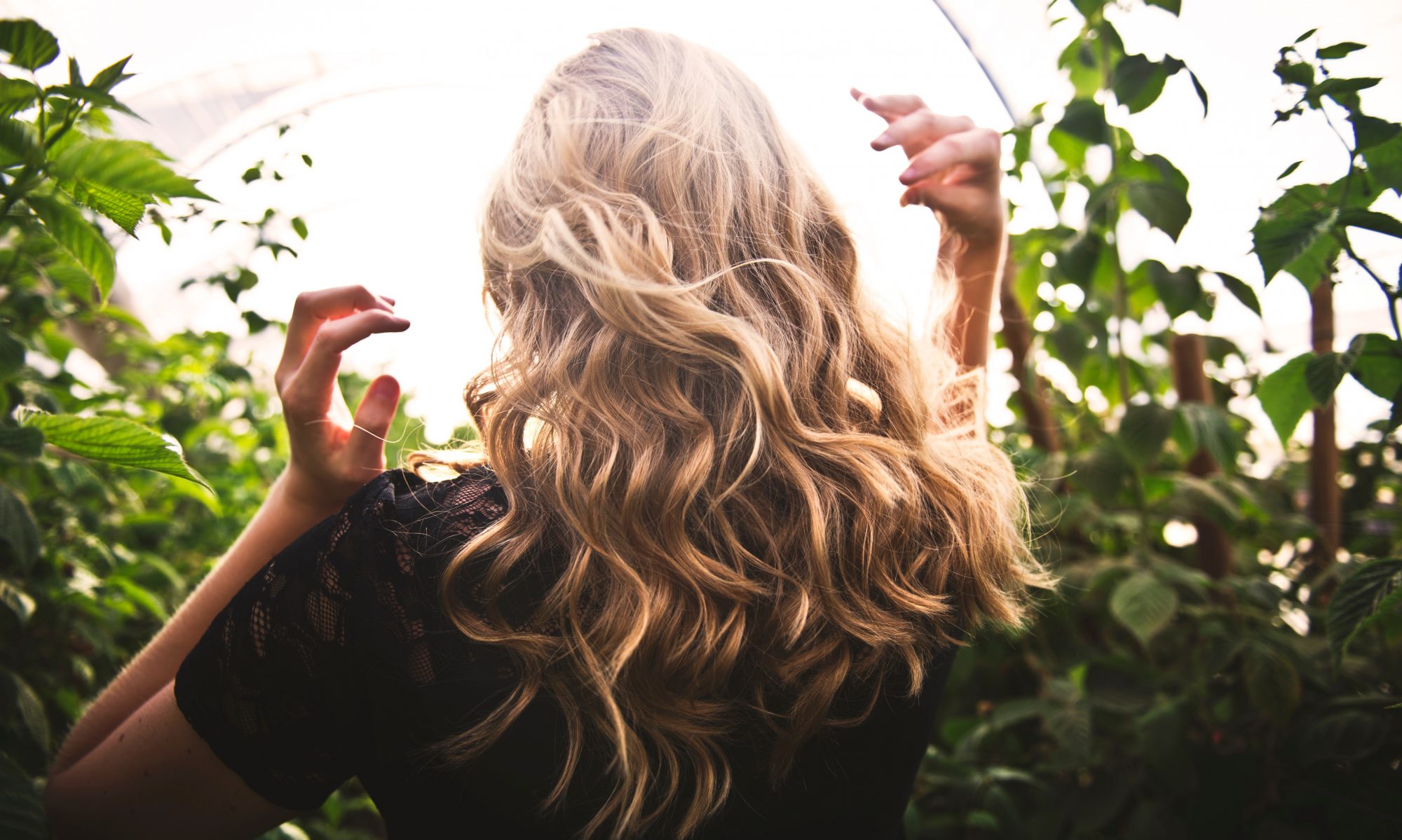If you are a girl with curls then you certainly know how to rock and roll at a party or tame those curls at your workplace. However, the one place that the curls may get the better of you is when you want to turn on the shine. Yes, shiny curly hair remains but a distant dream for most curly haired girls. And this while their straight haired counterparts seem to don shiny hair with little or even no effort! That’s because curly hair tends to get dry faster than straight hair, and also has rougher cuticles making it challenging to shine on!
But there’s no reason to let you dull hair make you feel gloomy. You can make your hair shiny and smooth despite the curls with just a little help from us!
- Wash it right: Using the right shampoo and conditioner to lock in the shine can ease half your woes. Shampoo and conditioner can work as great tools to helps lock in the moisture while retaining shine in your hair. Curly hair tends to get dry quicker than straight hair, as the cuticles are not flat so in addition to using the right products opt for a deep conditioning treatment once a week. You can also alternate with a UV protecting leave in conditioner for maximum shine. One more thing, don’t shampoo your hair more than 3 – 4 times a week for bets results.
- Color with care:Yes, coloring your hair can add an instant gloss and shine. However you must take caution with the color you choose, as many colors can leave your hair looking duller than before. For curly hair, warmer colors in the shade of browns and brunettes work best. You can even try you hand at deeper shades of red, to make your mane glisten with health. Semi-permanent color will also make your hair look shinier than permanent colors, which can be more drying and damaging.
- Style for shine: Styling curly hair is no easy feat. However, if you do it right, it can make your look glossy and healthy all day long. While blow-drying your hair, remember to use a round brush instead of a flat one, which is especially good for curly hair, and finish off your styling with a cold blast, as this will help seal your cuticles.
Remember, just because you have curly hair you don’t have to get all tangled up about it. Just follow these simple shine solutions and watch heads turn as you turn the glam on!
Article sourced via: Can curly hair be shiny?


















